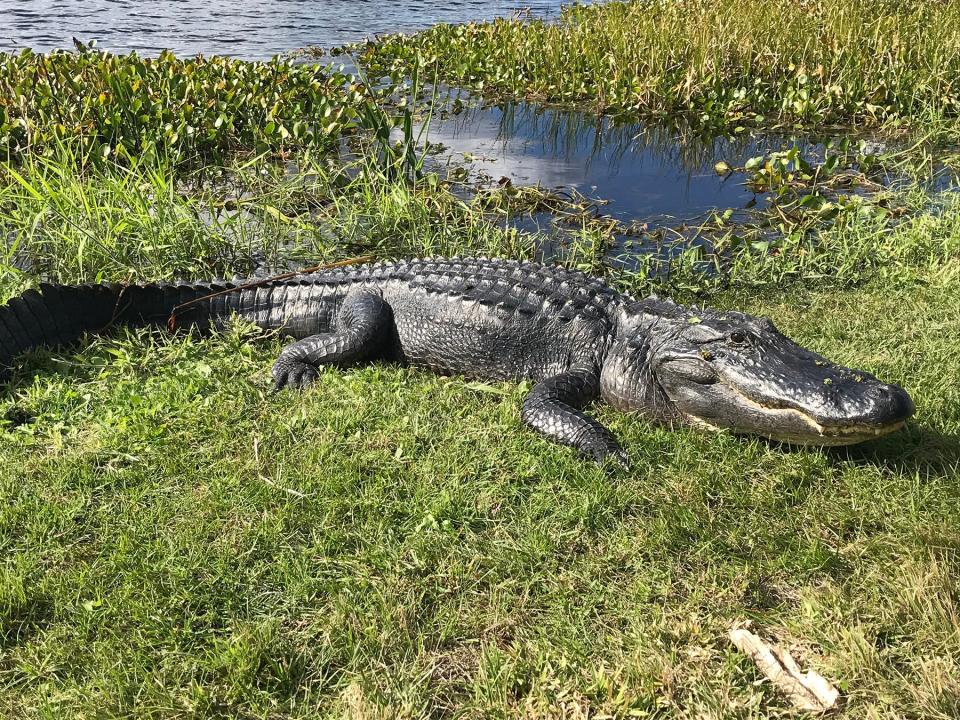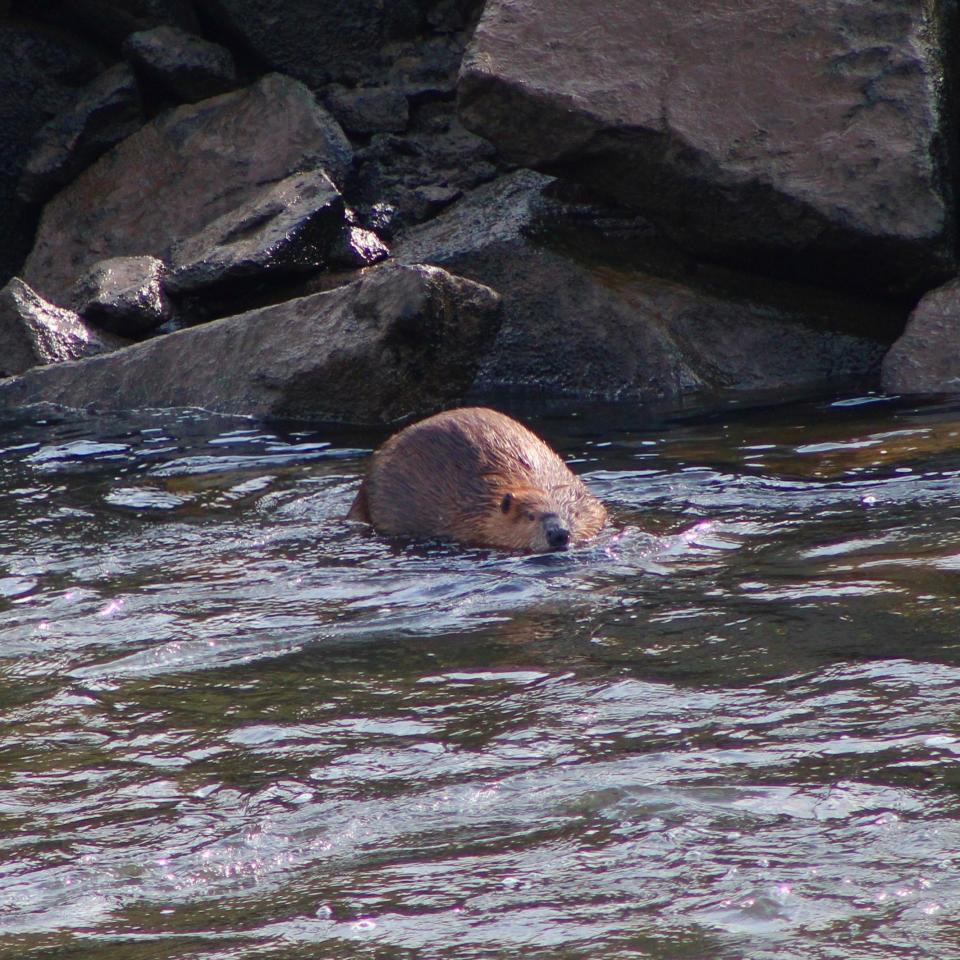What is considered seafood? During Lent, alligator, beaver and armadillo make the cut
This article was originally written in March 2022
As Lent begins, Louisiana Catholics and other observers will begin dusting off their seafood recipes for Fridays, but the Lenten diet may not be quite as restrictive as many may think.
Throughout the Catholic Church's long history, archbishops and other prominent church leaders have made numerous declarations about which animals can be considered "fish for the purposes of Lent, even if those animals have virtually no similarities to fish in a scientific sense.
What is Lent?
Lent is a 40-day period of prayer and sacrifice celebrated by the Catholic Church and many Protestant denominations. The period runs from Ash Wednesday to Easter Sunday.
While different groups may observe Lent in different fashions, one common tenet is the abstention of red meat and poultry on Fridays. Throughout Louisiana and other heavily-Catholic areas, churches and restaurants can be seen promoting fish-based lunches and dinners on Fridays.
Lent: Do Catholics need to abstain from meat on Fridays in Lent when it's a feast day?
Even fast-food franchises get in on Lent. USA TODAY reported in 2017 that around a quarter of all McDonalds' Filet-O-Fish meals are sold during Lent.
What is considered seafood for Lent?
As Catholicism spread across the globe, the question of what animals can be eaten during Lent became more and more complicated. Over the centuries, several non-fish (including some mammals) have been added to the list of allowed foods, making the religious definition of fish far broader than the scientific definition.
Here are a few animals that qualify for Lent:
Alligator

This may not come as a surprise to many Louisiana Lent practitioners, especially as it was the Archbishop of New Orleans that officially recognized the alligator as a Lent-safe option.
According to the Catholic News Agency, an outlet that covers news relating to the Catholic Church, Archbishop Gregory Aymond wrote in 2010 that "the alligator is considered in the fish family."
The Catholic News Agency said that a church document on Lenten practices shows some of the rationales, saying that the abstinence rules only block "animals such as chickens, cows, sheep or pigs – all of which live on land."
The document also said birds are meat, but "salt and freshwater species of fish, amphibians, reptiles, (cold-blooded animals) and shellfish are permitted."
Beaver

The Bishop of Quebec, Francois de Laval, asked his supervisors in Paris during the 17th century if the beaver was considered a fish. Their answer? Yes.
According to The Scientific American, the question came as European missionaries attempted to convert Native Americans and Canadians to Catholicism, but the two populations relied heavily on beaver meat.
Photos: Tee-Mamou Mardi Gras Women's Courir 2022
The church decided that, because of its strong swimming ability, the beaver could be considered a fish, despite being a mammal.
Capybara
The situation with the capybara — the largest known rodent in the world — is fairly similar to the beaver.
The Fisheries Blog — a blog run by professional fisheries scientists — said that a Venezuelan priest is credited with going to Italy in the 18th century and getting papal approval to consider capybara a fish.
The capybara do spend much of their time in Central and South America's lakes and rivers, but they are mammals.
Muskrat
The muskrat can be found in much of North America, primarily in the U.S. and Canada, but it was the Archbishop of Detroit who opened the door for Catholics to eat the rodent during the Lenten season.
The Detroit Free Press reported in 2019 that Detroit-area Catholics have "long-standing permission" to eat the rodent during Lent. The tradition goes back to the 1700s when missionaries began coming to the Detroit River area.
Edward Peters, an expert on canon law, told the newspaper in 2019 that priests "realized that food was especially scarce in the region by the time Lent came around and did not want to burden Catholics unreasonably by denying them one of the few readily available sources of nutrition — however unappetizing it might be for most folks."
CONSIDER SUBSCRIBING TODAY: Help support journalists like William Taylor Potter
Puffin
In a chapter of the book "Food and Faith in Christian Culture," Sydney Watts wrote that the Archbishop of Rouen in the 17th century originally declared that monks on the northern coast of France should end the practice of eating puffins, small seabirds, during the Lenten season, saying it did not fall in line with the practice of abstinence.
But after making his decision, there was an investigation into whether the small birds should be allowed during Lent. Medical doctors in Rouen argued that the biological and nutritional qualities of puffins made them more like fish than birds.
Ultimately, the archbishop agreed and reversed his decision, Watts wrote.
Iguana and Armadillo
In Nicaragua, iguana and armadillo soups have become a Lenten staple, according to a 2017 article from the Agence France Presse published by The Huffington Post.
This article originally appeared on Lafayette Daily Advertiser: What's seafood? For Lent, alligator, beaver and armadillo make the cut

